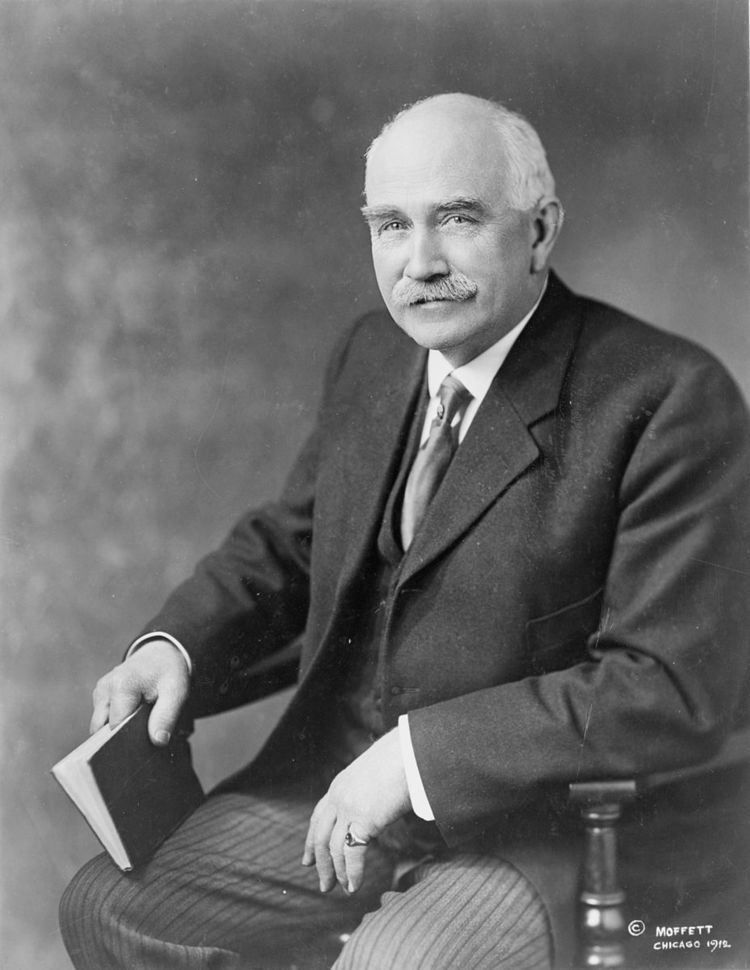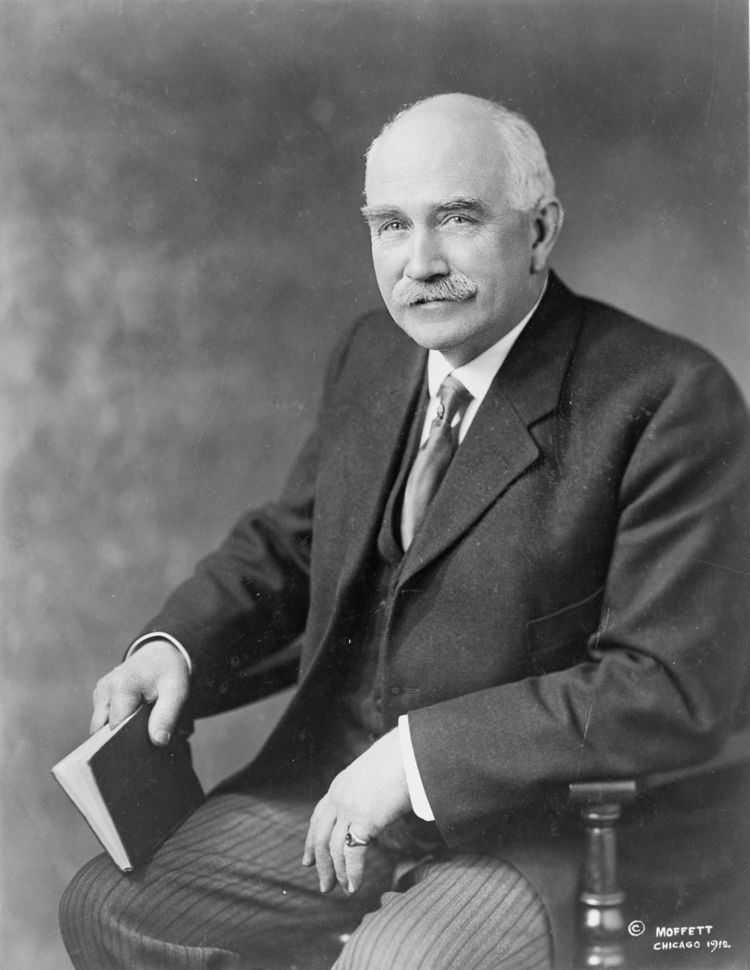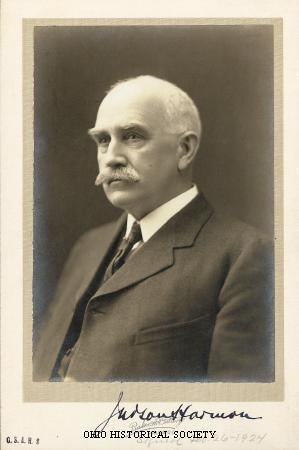Name Judson Harmon Party Democratic Party | Spouse Olive Harmon (m. 1870) Role Politician | |
 | ||
Lieutenant Francis W. TreadwayAtlee PomereneHugh L. Nichols Alma mater Denison UniversityCincinnati Law School Education University of Cincinnati College of Law, University of Cincinnati, Denison University | ||
Judson Harmon | Wikipedia audio article
Judson Harmon (February 3, 1846 – February 22, 1927) was a Democratic politician from Ohio. He served as United States Attorney General under President Grover Cleveland and later served as the 45th Governor of Ohio.
Contents
- Judson Harmon Wikipedia audio article
- Early life
- Attorney General
- Governor
- Presidential candidate
- Retirement
- Legacy
- References

Early life

Harmon was born in Newtown, Ohio. He graduated from Denison University in 1866. He graduated from the Cincinnati Law School and was admitted to the bar in 1869. Harmon was elected judge of the Common Pleas Court in 1876 but left months later to run unsuccessfully for the State Senate. He was elected judge of the Superior Court of Cincinnati in 1878 and served until he resigned in 1887 to resume the practice of law.
Attorney General
He was appointed Attorney General by President Cleveland on June 8, 1895 upon the elevation of Richard Olney to become United States Secretary of State. Harmon served out the remainder of Cleveland's second term in office. Shortly after his appointment, Harmon urged Congress to fix some of the weaknesses in the Sherman Antitrust Act. Harmon also issued the most explicit statement of what became known as the American doctrine of absolute sovereignty, "the rules, principles and precedents of international law impose no liability or obligation upon the United States" in a case involving a claim by Mexico for damages from diverting the waters of the Rio Grande.
Governor
Harmon was elected as Ohio governor in 1908. In 1910, Harmon was re-elected for a second term as governor, this time defeating future President of the United States Warren G. Harding.
Presidential candidate
In June 1912, Harmon led the Ohio delegation to the Democratic National Convention in Baltimore, Maryland. There, Harmon was nominated as a candidate for the presidency. That was largely as a favorite son of the State of Ohio, Harmon found support from elsewhere and on the first ballot of the Convention, and he received the votes of 148 delegates. However, since no candidate received the necessary two thirds of the votes, balloting continued.
By the time of the 26th ballot, no candidate had yet received the nomination for president, and Harmon's support had dwindled to a mere 29 votes, as the Convention tended to coalesce around the two leading candidates: Speaker of the House of Representatives Champ Clark of Missouri and New Jersey Governor Woodrow Wilson. Balloting continued until the 39th ballot, when the support of William Jennings Bryan helped Wilson obtain the votes necessary to become the nominee.
Retirement
Following the convention, Harmon returned home to Ohio to serve out the rest of his term as governor of the state. Accordingly, Harmon left office in January 1913, upon completion of this second term.
Legacy
Harmon County, Oklahoma, is named after him.
